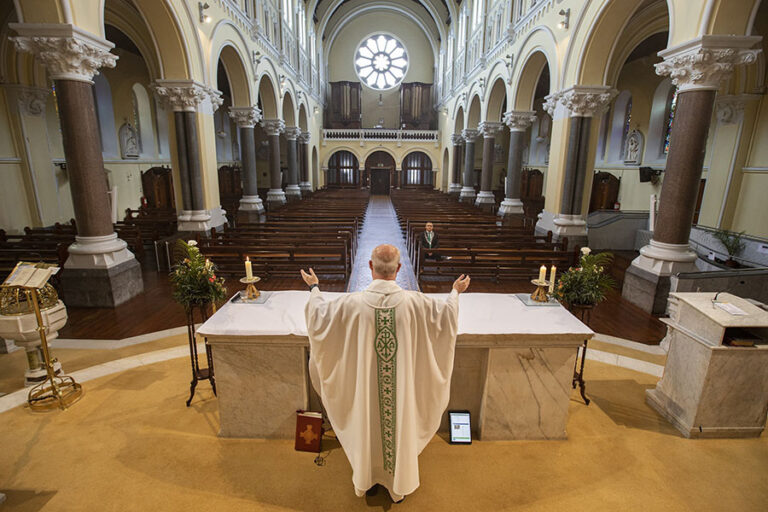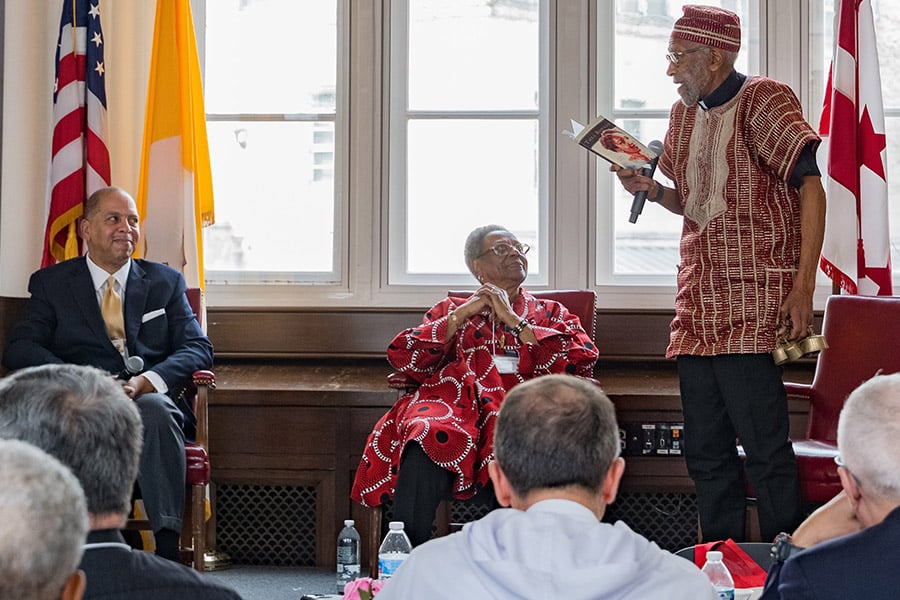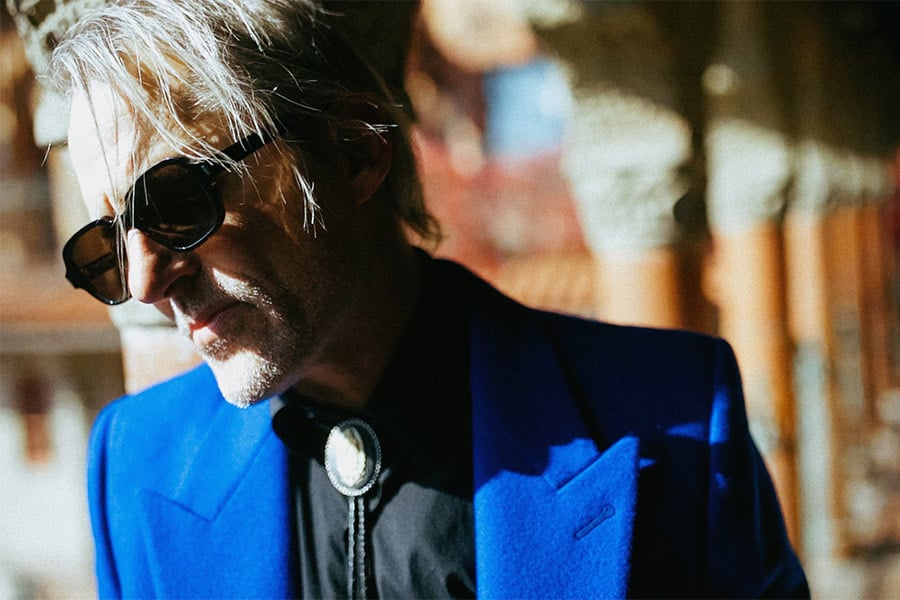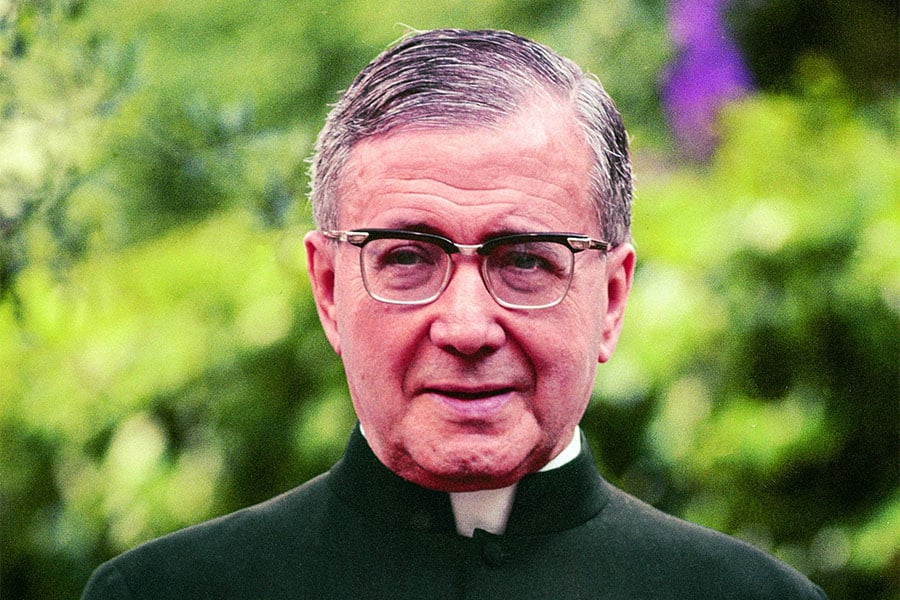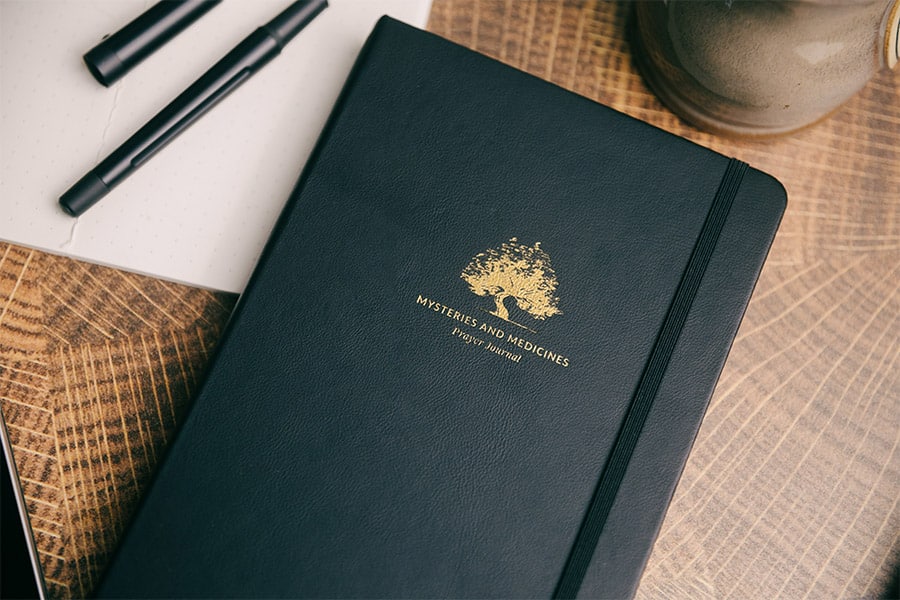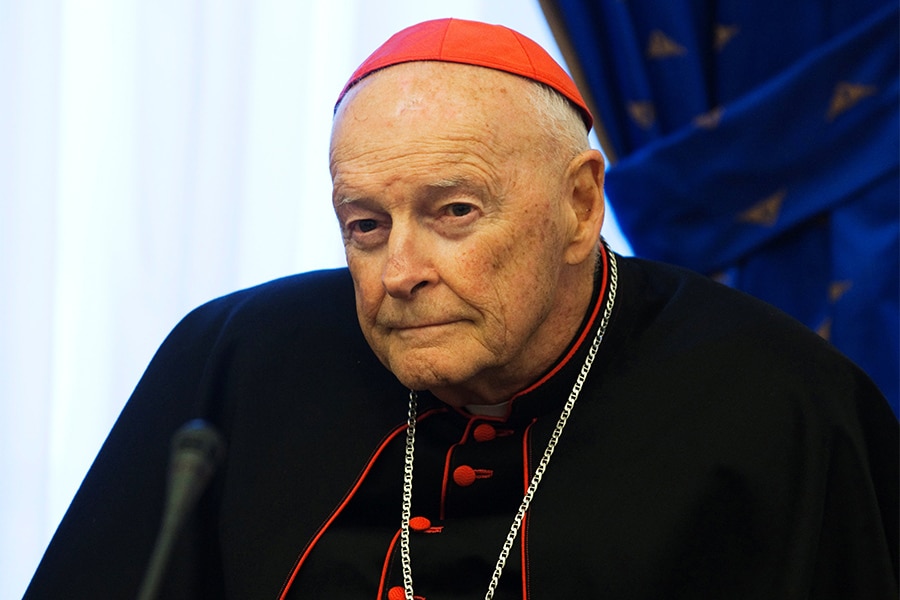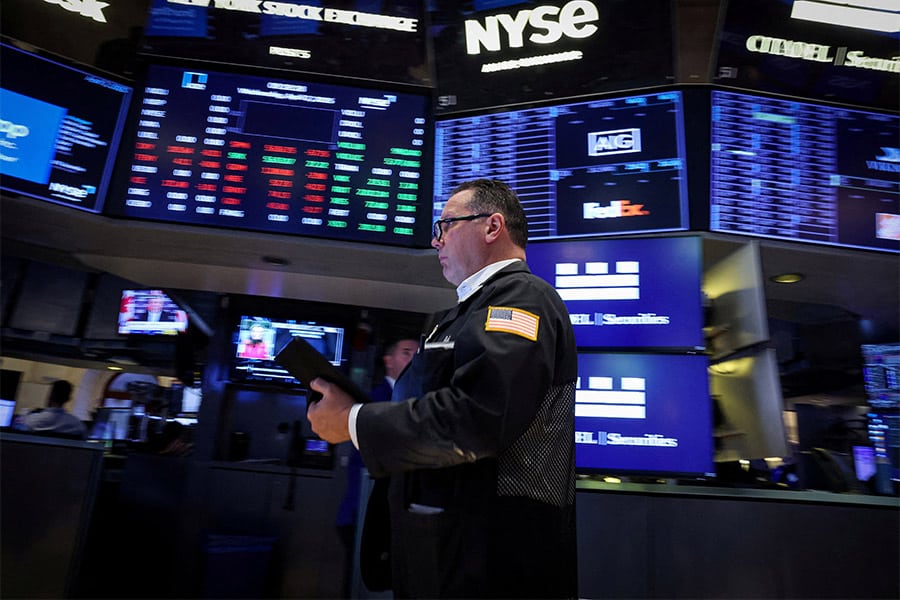DUBLIN (OSV News) — Once a Catholic giant, Ireland is becoming less religious, census data shows. Just over half of the residents of the Irish capital, Dublin, now self-identify as Catholic, according to data released May 30 by the country’s Central Statistics Office.
The data forms part of preliminary results from a census of the population taken in 2022, and also shows that the percentage of Irish residents who describe themselves as Catholics has fallen to 69 percent — down from 79 percent of the total population the last time such a census was conducted in 2016.
At the same time, the country’s overall population has gone above 5 million people for the first time since the Great Famine in the mid-19th century, when over a million people died of starvation and another million emigrated in search of a better life in places like the United States and Canada.
The Irish population rose by 8 percent in six years, largely as a result of inward immigration rather than a rise in fertility.
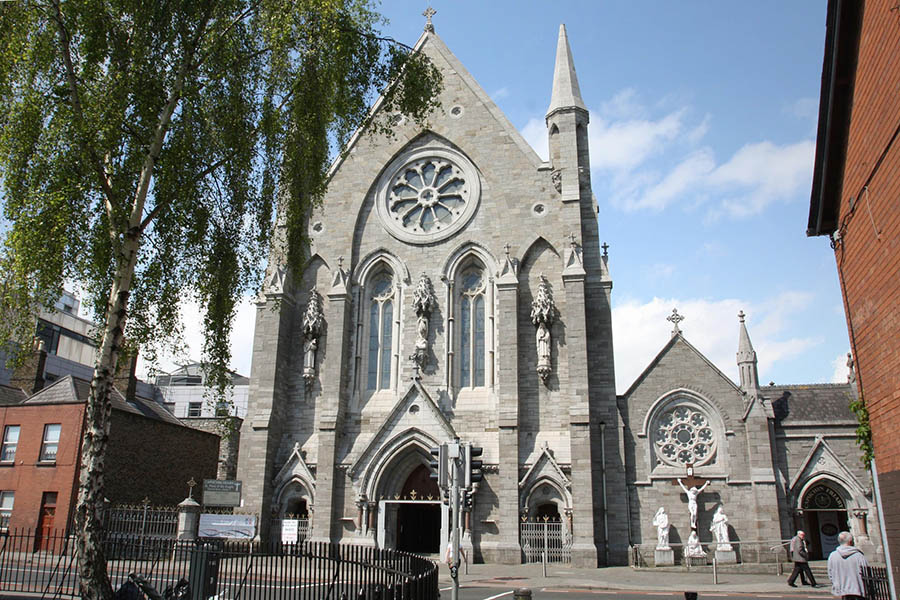
Dublin now has the lowest percentage of Catholics in the Irish Republic, with just over half — 53 percent — choosing to identify as Catholics on the census form. Catholic identity remains stronger in rural parts of Ireland, with County Mayo on the western seaboard reporting the highest proportion of Catholics at 80 percent of the county’s population, closely followed by other rural regions such as Tipperary, Offaly, Roscommon and Galway County, all reporting 79 percent.
Just over a decade ago in 2011, 84,2 percent of Irish residents described themselves as Catholic — which was down from over 90 percent in the population census taken in 2006.
On the other hand, the number of people describing themselves as having “no religion” in the Republic increased by 284,269 and stood at 736,210. This means that 14 percent of Irish residents now tick the “no religion” box on the census form, up from 9.8 percent in 2011.
Some 3,515,861 Irish residents now describe themselves as Catholic, with the total number of Catholics falling by 180,783 since the last census in 2016.
However, a briefing note from the CSO cautioned against trying to make direct comparisons between the figures, pointing out: “A question on religion has been a part of the Irish census for many years which creates a long historical time series charting the relative growth and decline in the number of people identifying with various religions and also with no religion.”
“The question on religion used in Census 2022 differed from the Census 2016 version, which may impact comparability,” it said.
Traditionally, the question was phrased as “What is your religion?” However, in 2022 the question asked, “What is your religion, if any?” Additionally, while “Catholic” had always been the first option to tick, in 2022 “no religion” was offered as the first response option.
David Quinn, director of the religious think-tank The Iona Institute said the results were predictable, but he did think changing the question had an impact.
“The rise of those saying they have ‘no religion’ is not really a surprise,” he told OSV News. “We are becoming more secular, especially the young, but importantly, the census form pushed the ‘no religion’ option right to the top of the choices for the religion question making it hard to compare this result with past ones,” Quinn said.
“Still, the overall trend is not in doubt. That said, 69 percent of people were still happy to tick the Catholic box,” he said.
The results show that 12 percent of Irish residents are non-Irish citizens, while another 3 percent hold dual citizenship underlining how immigration has had an impact on the religious makeup of contemporary Ireland.
Over the six-year period, the number of people who described themselves as Orthodox Christians increased from 60,000 to just over 100,000 people. The number of Hindus more than doubled from 13,729 to 33,043. At the same time, the number of Muslims rose from 63,443 to 81,930.
Read More World News
Copyright © 2023 OSV News

